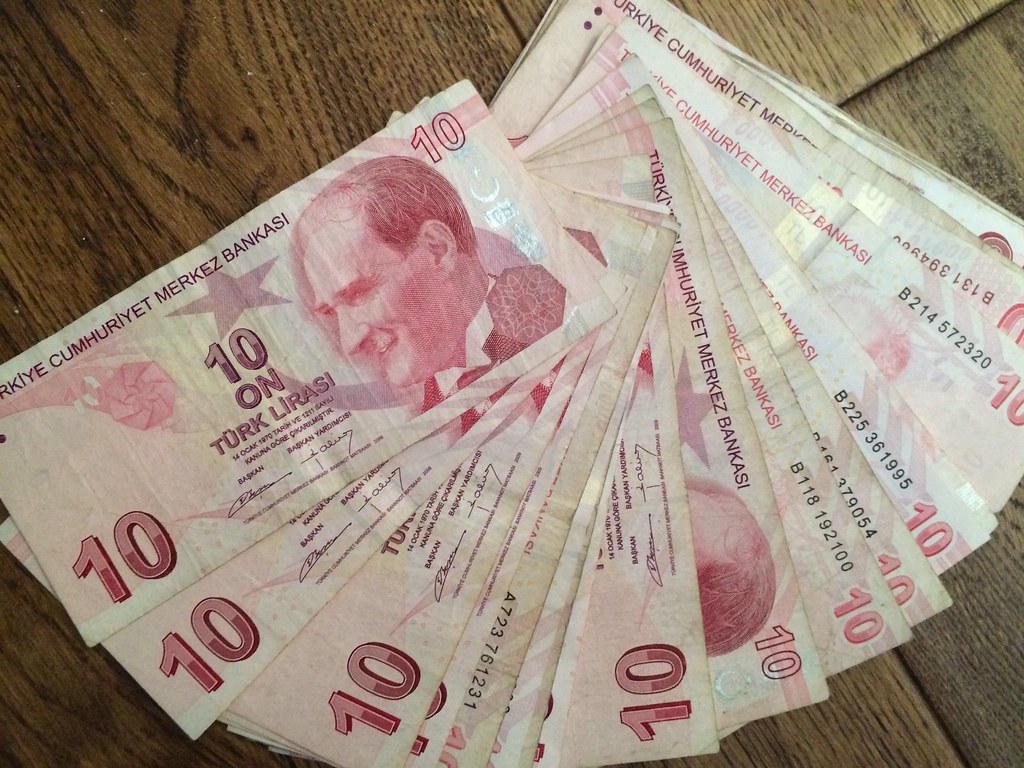Date first published: 06/05/2020
Key sectors: banks; state-backed projects; sovereign
Key risks: banking crisis
Perhaps surprisingly, the COVID-19 pandemic has yet to metastasise into a systemic global financial crisis. The relative stability of major global financial institutions is core to this, and likely due to the success of post-2008 reforms in increasing the quality of capital, as well as the appropriate behaviour of central banks. However, in economies where the financial sector was stressed before the pandemic hit, COVID-19 could cause major financial crises. The risk in Turkey is high, where the financial sector appears in its worst position since the summer of 2018.
In August 2018, the Turkish lira hit an all-time low of TRY7.2 to the US dollar and banks were close to exhausting their capital buffers. The economy partially recovered since, although its improvement was largely superficial. The current account deficit came down, although much of the change was cyclical, and growth was supported by unsustainable credit expansion and a rapid decrease in real interest rates. Banks’ asset quality weakened, and the sector has since remained dependent on external capital.
The COVID-19 pandemic amplified the pre-existing risks within the financial sector. Foreign capital continued to fund Turkey’s banks from late 2018 to early 2020, but the rollover rates on maturing Turkish debt fell significantly in the first two months of the year. A conservative estimate would suggest that external debt rollover is now around 50 per cent of maturing debt, which implies a US$85bln debt funding shortfall for the year overall. An additional problem is the lira. The lira has fallen to just under TRY7 to the US dollar. Turkey’s external liabilities now exceed its external assets as the fall in the lira has increased debt servicing costs.
Conventional economic theory states that the response by a central bank to capital outflows is to raise interest rates, thus providing a positive inducement for foreign capital to enter the country. Yet the Central Bank, which is de facto controlled by President Recep Tayyip Erdogan, has cut rates. Two rate cuts mean that nominal interest rates are now 8.75 per cent, and with inflation in double digits, the real rate of interest is negative, which will prevent foreign capital inflows at least in the short term.
There are serious constraints on what the Turkish state can do to support the banking sector either through the direct provision of foreign currency, or through supporting the lira. By some accounts, the central bank’s net foreign currency reserves were around US$1.5bln at the end of February. Formally, its net foreign assets were around US$27.4bln, although this includes short-term swap operations with local banks that exchange lira for dollars. It is probable that currently the central bank’s net foreign currency reserve position is negative. Gross reverses, which in the short term may be the more important metric for Turkey’s ability to cover maturing short-term external debt, were around US$90bln in mid- April, slightly more than half of the US$168.5bln of debt due in the next 12 months. There have been some attempts to secure a dollar swap line from the US Federal Reserve, although progress to date has been limited.
The government’s hope is that state policies will help growth recover, and continued FX sales will stabilize the lira at acceptable levels. It is possible that inflows will increase once COVID subsides. However, at a minimum, the state’s policy choices are very risky.



